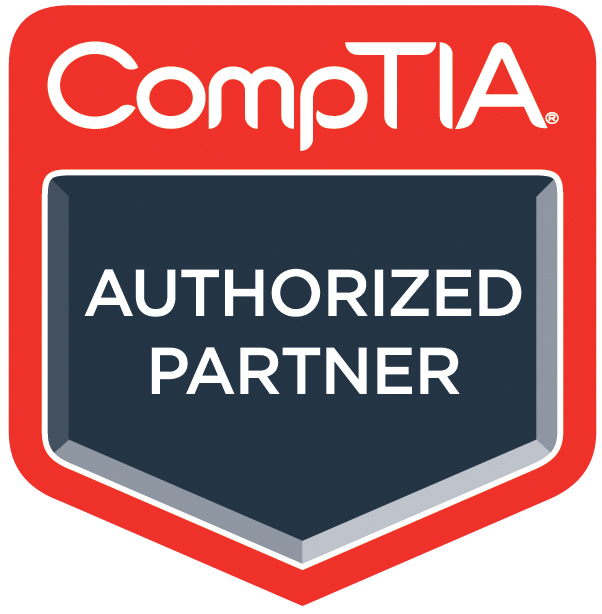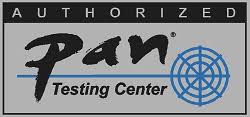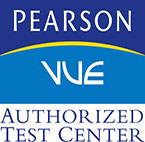
How To Prepare for the CompTIA Security+ Exam for Certification
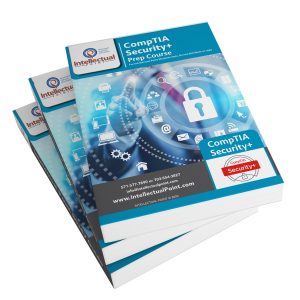 This is the most popular technology certification in the world. It is a great foundational training that you can use in many areas of Information Technology. This is a great certification to get your foot in the door. Many jobs in IT require to pass this exam as a great foundational certification.
This is the most popular technology certification in the world. It is a great foundational training that you can use in many areas of Information Technology. This is a great certification to get your foot in the door. Many jobs in IT require to pass this exam as a great foundational certification.

Step 1: Create a Plan
Without a plan, you are just a spectator. First, the student must write down their plan in writing. The plan must have short term and long term goals to make the test-taking period a success. Second, list out all the topics you need to cover for the exam including:

The six Security+ domains this includes:
Domain 1 – Threats, Attacks, and Vulnerabilities (21%)
- Compare types of threats and vulnerabilities
- Explain threat actor types
- Explain penetration testing
- Give scenarios on the types of malware
Domain 2 – Install Technologies and Tools (22%)
- Implement a secure protocol
- Deploy mobile devices securely
- Given a scenario, use appropriate software tools
- Assess the security posture of an organization.
- Given a scenario, troubleshoot common security issues.

Domain 3 – Architecture and Design (15%)
- Explain use cases and purpose for frameworks, best practices, and secure configuration guides.
- Given a scenario, implement secure systems design.
- Summarize cloud and virtualization concepts
- Summarize secure application development and deployment concepts.
Domain 4 – Identity and Access Management (16%)
- Compare and contrast identity and access management concepts
- Given a scenario, differentiate common account management practices.
- Given a scenario, install and configure identity and access services.

Domain 5 – Risk Management (14%)
- Explain the importance of policies, plans and
- Procedures related to organizational security
- Compare and contrast various types of controls.
- Given a scenario, carry out data security and privacy practices.
Domain 6 – Cryptography and PKI (12%)
- Compare and contrast the basic concepts of cryptography.
- Explain cryptography algorithms and their basic characteristics.
- Given a scenario, install and configure wireless security settings.
- Given a scenario, implement the public key infrastructure.

Step 2: Break the plan into manageable study periods
Study the areas that you are most weak at first, then you can progress your market into smaller groups.
For example, you have the following scenario:
✓ Domain 1 – Threats, Attacks, and Vulnerabilities (21%)
Need more training – Domain 2 – Install Technologies and Tools (22%)
Study Domain 2 first.
You must allocate a time period for each section by breaking each subdomain into chunks and the overall domain as well. For example:
Domain 2 – Install Technologies and Tools (22%) – 8:30 hours
- Implement a secure protocol – 3 hours
- Deploy mobile devices securely – 2 hours
- Given a scenario, use appropriate software tools – 2 hours
- Assess the security posture of an organization. – 30 minutes
- Given a scenario, troubleshoot common security issues. – 1 hour
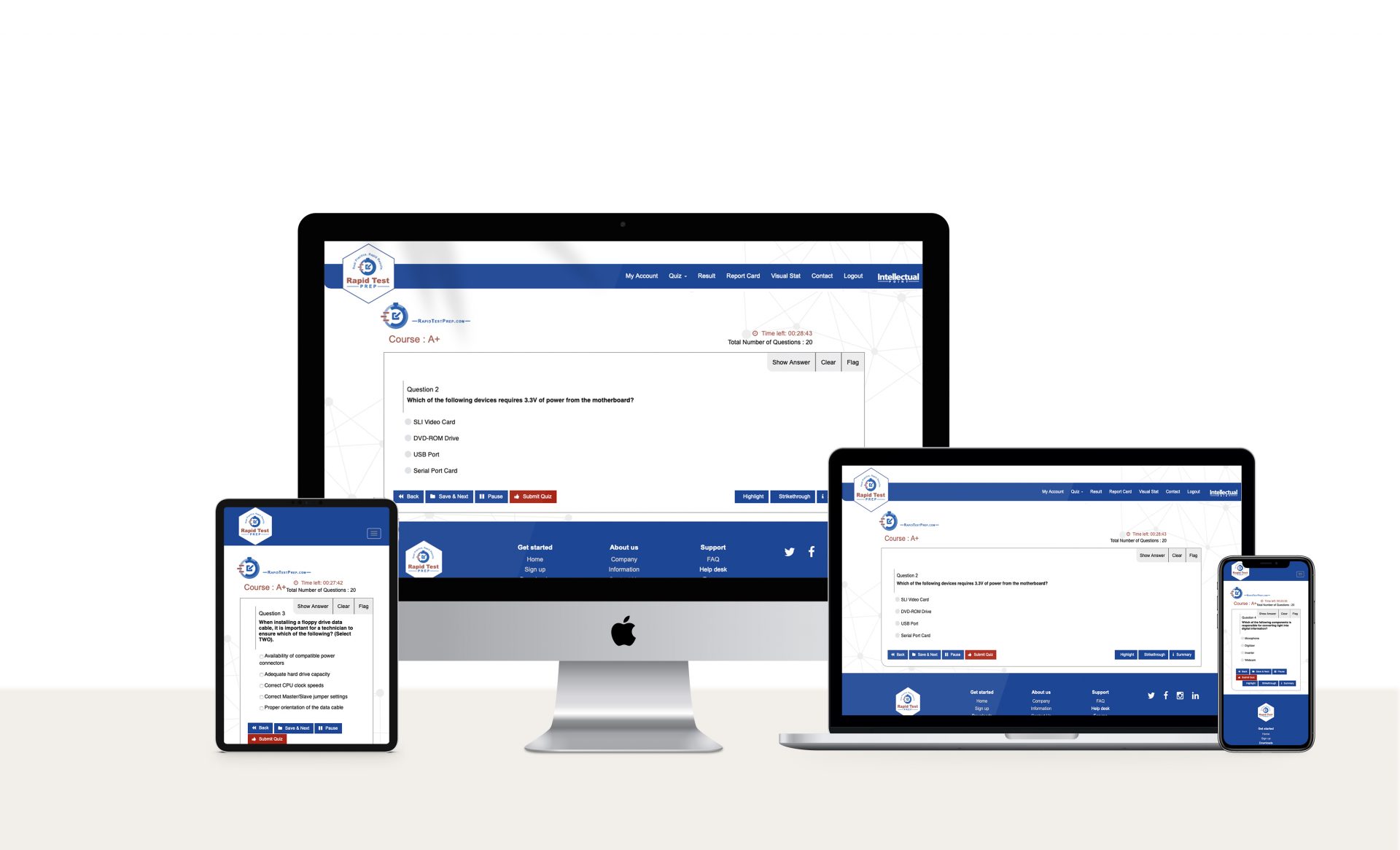
Step 3: Familiarize yourself with the exam
At Intellectual Point, we have rapid exam test prep. Each student is given their own login information to track progress and take practice tests. There is also a Rapid Flash Cards website to practice in flashcard style studying.
Various practice exams are given online but need they must have the most current information so make sure the questions are updated. With our rapid test prep, you are given the most current information, and topics covered in the exam. We have a 98% success rate for students. Students that fail have an option to retake the class at no cost. Exclusions apply, please see the instructor for details.
Step 4: Attend the exam prep sessions post class
The instructors of the class have exam prep sessions post-class to help prepare you for interview questions and exam prep. Before attending these sessions, review the required material. Mark where you have questions and what areas you can improve your IT skills. Be ready to practice, practice, and be asked questions to pass the exam.
Step 5: Take advantage of the resources offered at Intellectual Point including.
Aside from the exam questions help, students can use rapid flashcards to help prepare for the exam. You have eager peers and instructors willing to help you along the way.
You can also join our digital meetups to add connections. The digital meetup groups have individuals with job skills, connections, and open positions. They can help you get a career and making small connections that could add a large impact on your career decisions.

Step 6: Relax and take the exam.
You’ve done all the prep work. It is time to relax and be confident about the exam. Come with a positive attitude and make sure you had enough sleep. Make sure your environment to take the exam is quiet so that you can stay focused. Immediately inform the test center if there are noises that are causing you to be distracted.
Time management – Jump over the performance-based questions. To save time, take a guess and checkmark the “Mark” box. Make sure to check the entire exam before submitting the exam.
Step 7: Check if you Passed or Failed the exam
Make sure you check with the proctor to see if you passed or failed. If you passed, then celebrate by treating yourself to something special. Don’t worry if you failed, students can attend live labs or our digital meetups to connect with experts that will help. The more you surround yourself with experts, the better you are able to perform on the job and in the exam.
Here are some helpful tips on how to pass your exam?
How to Prepare for the Splunk Exam














